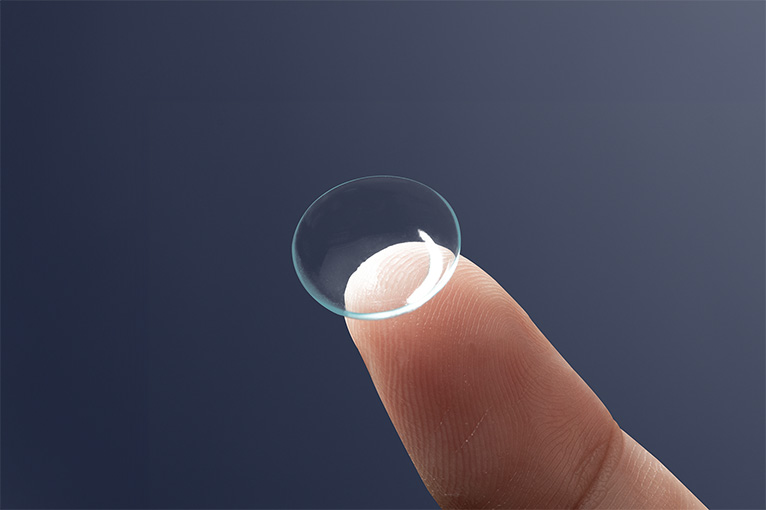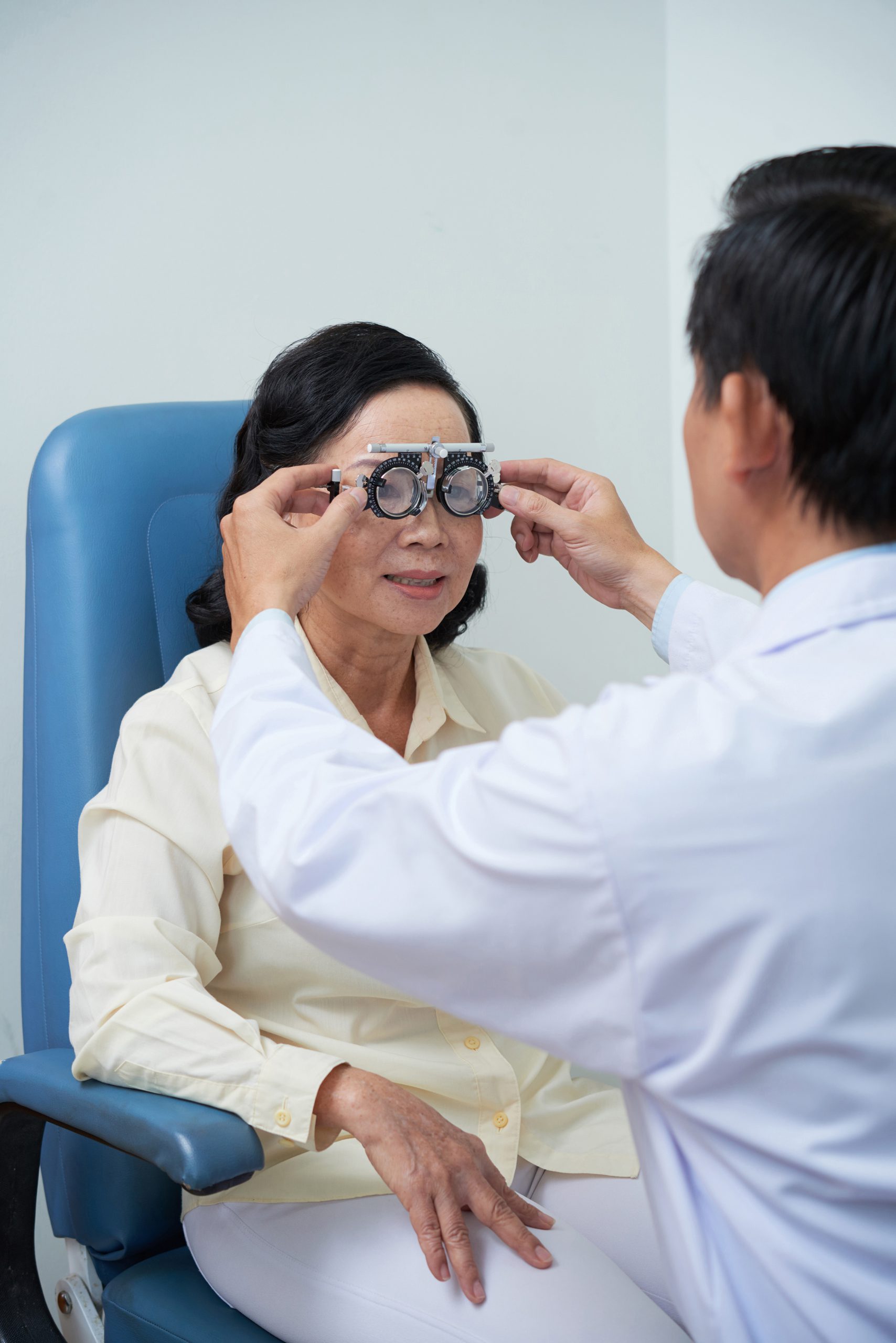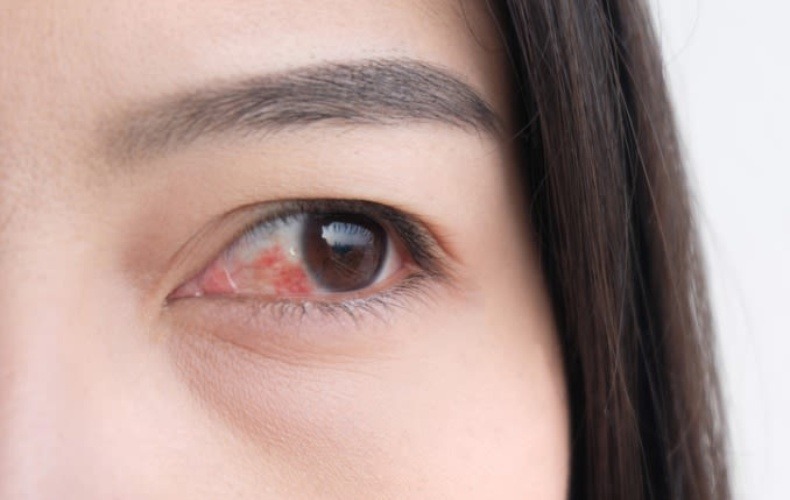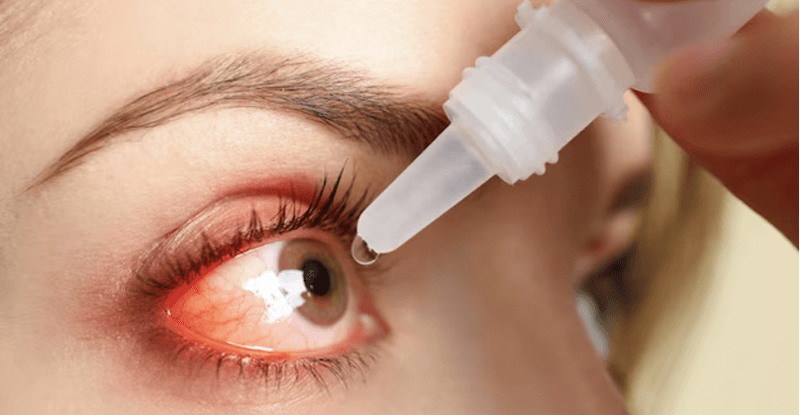
Sjogren’s syndrome
Are you having trouble controlling your vision due to frequent dry eyes? Whether they are related to Sjogren’s syndrome, let’s find out with vivision in the article below!
Concept
Sjogren’s syndrome is an autoimmune disease that affects exocrine glands in the body such as the lacrimal glands, salivary glands, and other organs such as joints, skin, lungs, liver, kidneys, and nerve cells.
Causes of Sjogren’s Syndrome
Sjogren’s syndrome belongs to a group of autoimmune diseases caused by a self-attack of the immune system.
Autoimmune impairs exocrine glands such as lacrimal glands, salivary glands, which are recognized by the patient’s body as an unprofitable foreign cell, thus stimulating the immune system to attack.
The autoimmune mechanism of this syndrome is still under research, but some evidence suggests that factors increase the likelihood of disease such as genetic factors and external factors.
Manifestations
The disease greatly affects the patient’s daily life. The disease is 9 times more common in women than in men because this autoimmune activity tends to affect women more. Most common between the ages of 40 and 60.
The characteristic manifestation of the disease is mucosal dryness (dry eyes, mouth) due to lymphocytic infiltration in the mucous membranes and glands causing decreased secretion of tears and saliva.
This syndrome often occurs with common diseases such as arthritis, lopus, arteritis …
Symptoms of Sjogren’s Syndrome
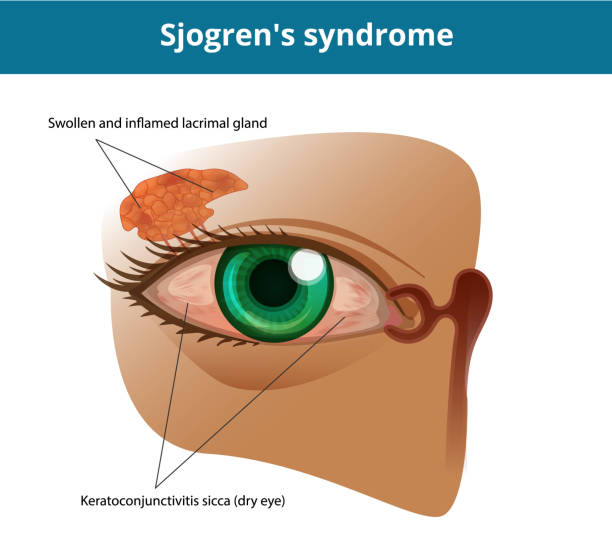
The two main organs most affected by Sjogren’s syndrome are the tear and salivary glands, so dry eyes and mouth are more likely to occur.
- Dry eyes: Lymphocytes easily infiltrate the lacrimal gland and plasma cells, reducing saliva production leading to dry corneal conjunctivitis, eyelids, and red eyes. Patients often have a burning sensation in the eyes, swelling and increased sensitivity to light.
- Dry mouth: Lymphocyte and plasma cell infiltration occurs in salivary glands similar to lacrimal glands.
Characteristic of people with Sjogren’s syndrome when salivation is reduced is bad breath, difficulty in eating and talking.
In addition, other organs can also suffer from dry mucous membranes such as throat, skin, vagina, etc.
Some other symptoms that may be encountered are as follows:
- Tired
- Decreased vision – blurred vision
- Pain in many joints
- Swollen parotid gland
- Swollen lymph nodes
- Stomachache
- Fever, rash
- Vasculitis
- Pancreatitis
- Pleurisy
Prevention of Sjogren’s Syndrome
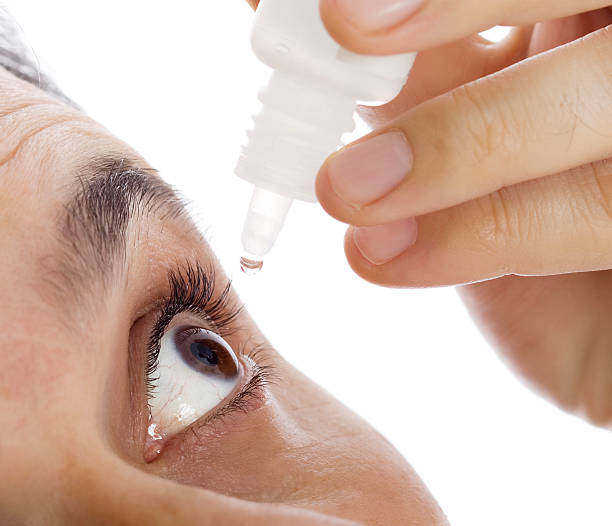
Moisturize your eyes to prevent dry eyes
You can refer to the following preventive methods to limit the progression of Sjogren’s syndrome such as:
- Maintain oral hygiene with mouthwash solutions, daily brushing and regular dental visits. Limit drinking alcohol, smoking, instead drink a lot of mineral water.
- Using artificial tears with vitamin supplements to prevent dry eyes
- Use a skin moisturizer.
Sjogren’s syndrome is an autoimmune disease, so there is no possibility of exogenous infection through human-to-human contact.
Treatments
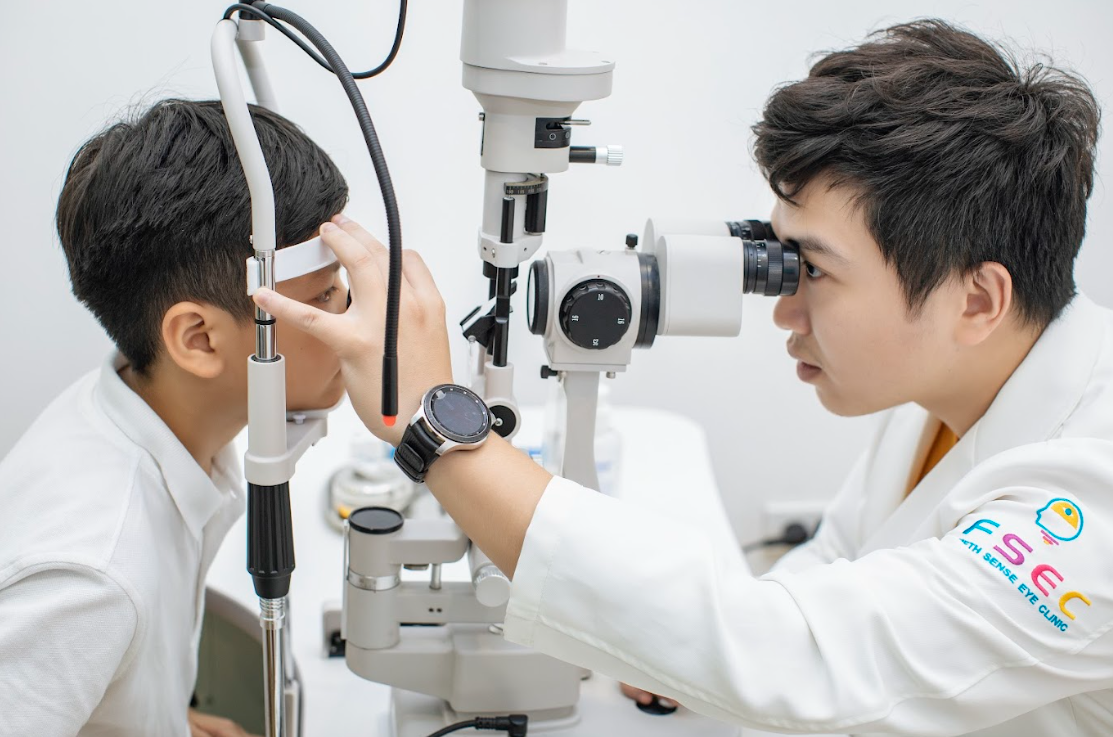
Treatment Sjogren’s syndrome
This syndrome currently does not have a method to completely solve the cause of the disease, but only treatments have a role in improving symptoms.
Medications are prescribed to relieve dry eyes, increase salivation, relieve joint pain, or suppress the immune system.
- Artificial tears, medicine to increase tear secretion to treat dry eyes.
- For cases of dry eye with severe complications associated with corneal ulceration, it is necessary to combine antibiotics, obstetric ointments or autologous serum.
- Some autoimmune suppressants such as corticosteroids…and pain relievers.
Accompanying the treatment methods, it is necessary to combine regular living habits, improve health with a diet rich in vitamins, proteins, etc.
In addition, it is recommended to increase the time outdoors, exercise, and increase resistance to disease-causing agents. And more importantly, it is necessary to visit a doctor to give advice as well as a suitable treatment regimen for each individual, each stage.









